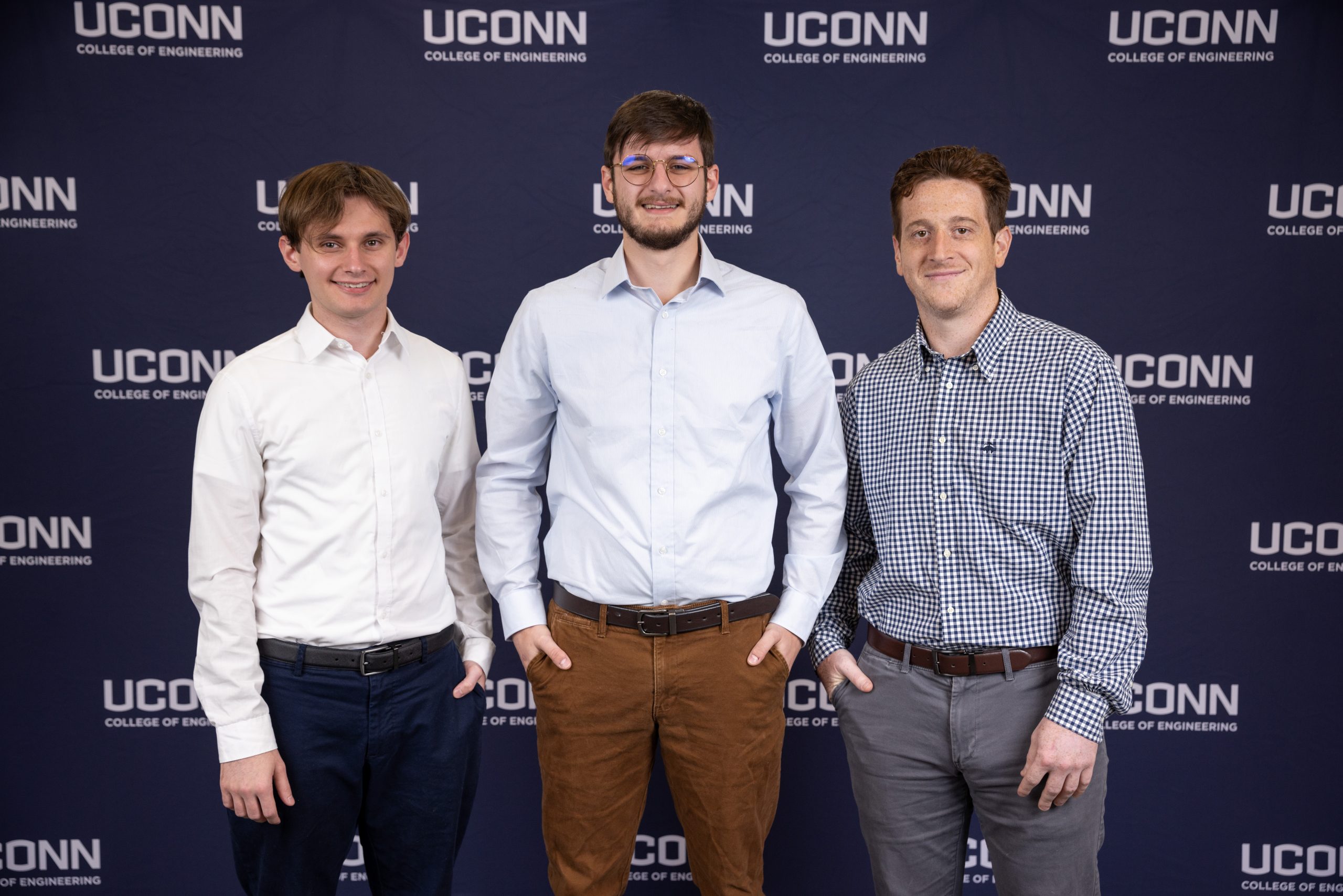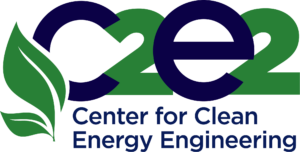
Team 9
Team Members |
Faculty Advisor |
Redjan Cipi |
Dr. Sung-Yeul Park Sponsor Center for Clean Energy Engineering (C2E2) |
sponsored by

Fuel Cell Powered RC Airplane
The Fuel Cell Powered RC Airplane project explores three primary challenges: the control system, data acquisition (DAQ), and a DC-DC boost converter. The control system enables precise dual-throttle operation of four brushless motors—two powered by a battery and two by a Proton Exchange Membrane (PEM) fuel cell. Using a Spektrum-branded transmitter and receiver, we developed a control scheme that supports independent motor control for different flight phases. This configuration allows for seamless transitions from takeoff (battery) to cruise (fuel cell), and back to battery power for landing. The DAQ system is built on an Arduino Uno R4 WiFi. It integrates sensors to measure motor current, battery voltage, output motor power, airspeed, altitude, and cargo hold temperature, recording all flight data onto a 64GB microSD card. A pitot-tube-based airspeed sensor and a high-current Hall effect sensor ensure accurate real-time measurements during flight. The DC-DC boost converter was originally developed to step up the Solid Oxide Fuel Cell’s (SOFC) low input of 0.7V at 75A to 5V at 10.5A. However, due to the extremely low input voltage and high current, we were unable to build a single-converter design that met the target output in practice. As a result, we designed a test converter with components that simulate the voltage drop the high-amperage boost converter would experience, in order to determine the minimum input voltage required for proper operation. This minimum was found to be approximately 3.3V. Below this value, we observed significant output malfunction. These tests successfully demonstrated the number of SOFCs required in a series configuration—where individual voltages are added together—to overcome the limitations of a single 0.7V cell. We recommend using five SOFCs in series, yielding a total input voltage of 3.5V. This recommendation sets up both future senior design teams and our sponsors at UConn C2E2 for continued success.
Our team collaborated with Chemical Engineering 2,Mechanical Engineering 49 on this project.
